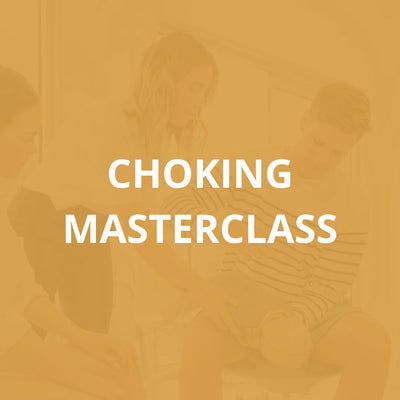Why You Should Give Pain Relief Before Heading to Emergency
Pain is challenging. Pain is something that parents often have to manage when they have little ones.
It can be challenging to know when to administer pain relief.
Which medication should I give? Will it mask the pain?
The general advice to parents is to administer pain relief to their child before they visit an emergency department or their local doctor.
It’s often the first thing we do, if pain relief has not been administered.
Our aim is for the child to be as comfortable as possible; they will be meeting new people and we will be assessing them.
Depending on the presenting problem, they may have health professionals checking their temperature, blood pressure, XRAYs, blood tests, gently pushing on different parts of their body to ensure that they are feeling ok.
We want them to have adequate pain relief on board so that this can be as pleasant and pain free as possible.
There is a common misconception that if you provide paracetamol or ibuprofen that it might 'mask’ a child’s illness, injury or the pain.
Pain relief does not treat the cause of the child’s pain, they work to relieve the feelings of the pain.
For example, if a child is distressed in pain with a broken arm, the pain relief will help them to feel more comfortable. The arm is still broken, we can see this by taking an x-ray.
If the child is distressed with the pain, it’s much harder to assess the injury or the illness. Not to mention significantly more traumatic for the child, parents, and healthcare professionals.
Over the counter pain relief options for children include paracetamol and ibuprofen.
Paracetamol can be used for pain in babies over one month of age.
Ibuprofen can be used for pain in babies over three months of age.
Never give aspirin to your child if they are under 12, unless it is advised by your doctor.
It’s safe to administer paracetamol and ibuprofen at the same time.
In addition to syrups and tablets, there are now dissolvable tablets, chewable tables and chewable gummies too.
There are also a number of non-pharmalogical pain relief methods that can work well with medication, or even reduce the need to administer pain relief medication.
Help your child to relax, this can help ease the pain.
Encourage deep breathing and sometimes distraction can work well for little ones. It might not work, but it’s almost always worth a try.
Remember that children, particularly babies and little children can feed off your energy, as challenging as it is, try your best to remain calm. A quiet room, with decreased stimuli can be beneficial.
Massage can also be helpful.
Heat packs are great for sore tummies.
Ice packs are great for musculoskeletal type injuries, sprains, strains, breaks and bumps.
Let's break it down with a few examples...
An eight-year-old child has tripped over and fallen on an outstretched hand (FOOSH). The forearm has an obvious deformity ‘looks like a banana’ (yes, a patient once told me this). They are verbally distressed and in immediate pain.
General advice is to administer paracetamol and ibuprofen (splint or position of comfort and ice is often helpful too).
A two year old pulls a hot cup of tea down onto themselves and scalds their chest, they are obviously distressed and in pain.
General advice is to administer paracetamol and ibuprofen (and complete burns first aid = 20 minutes of cool running water!)
A six-week-old baby is more unsettled the day after their immunisations. You think they might be in pain. Consider administering paracetamol.
Ibuprofen CANNOT be given to an infant less than 3 months of age.
A ten-year-old child complains of generalised abdominal pain before bed. Consider non-pharmalogical methods such as deep breathing, massage or heat packs.
If ineffective, the general advice is to consider administering paracetamol and/or ibuprofen.
* General information only, used to support not replace conversations with your health professionals.
The quick thinking of Warrnambool parents Lucy and Pat Mahony saved their 18-month-old son Ollie from serious scars for life after he pulled a cup of coffee onto himself.
How do I check my baby’s temperature? 🤒 What is the best way to check a baby’s temperature? There are so many different types and brands of thermometers out there. What thermometer should I buy?
We're here to answer all your questions!
When our little loves are in pain, we want nothing more than to help them. This guide discusses common pain reliving medications that we can use to help alleviate their pain, as well as when and why we use them.









